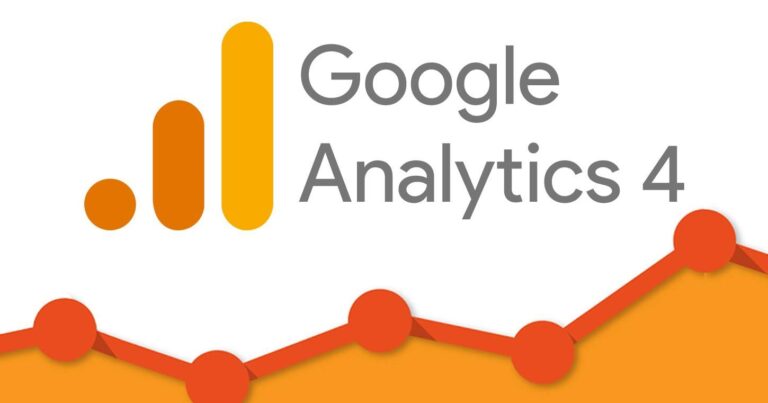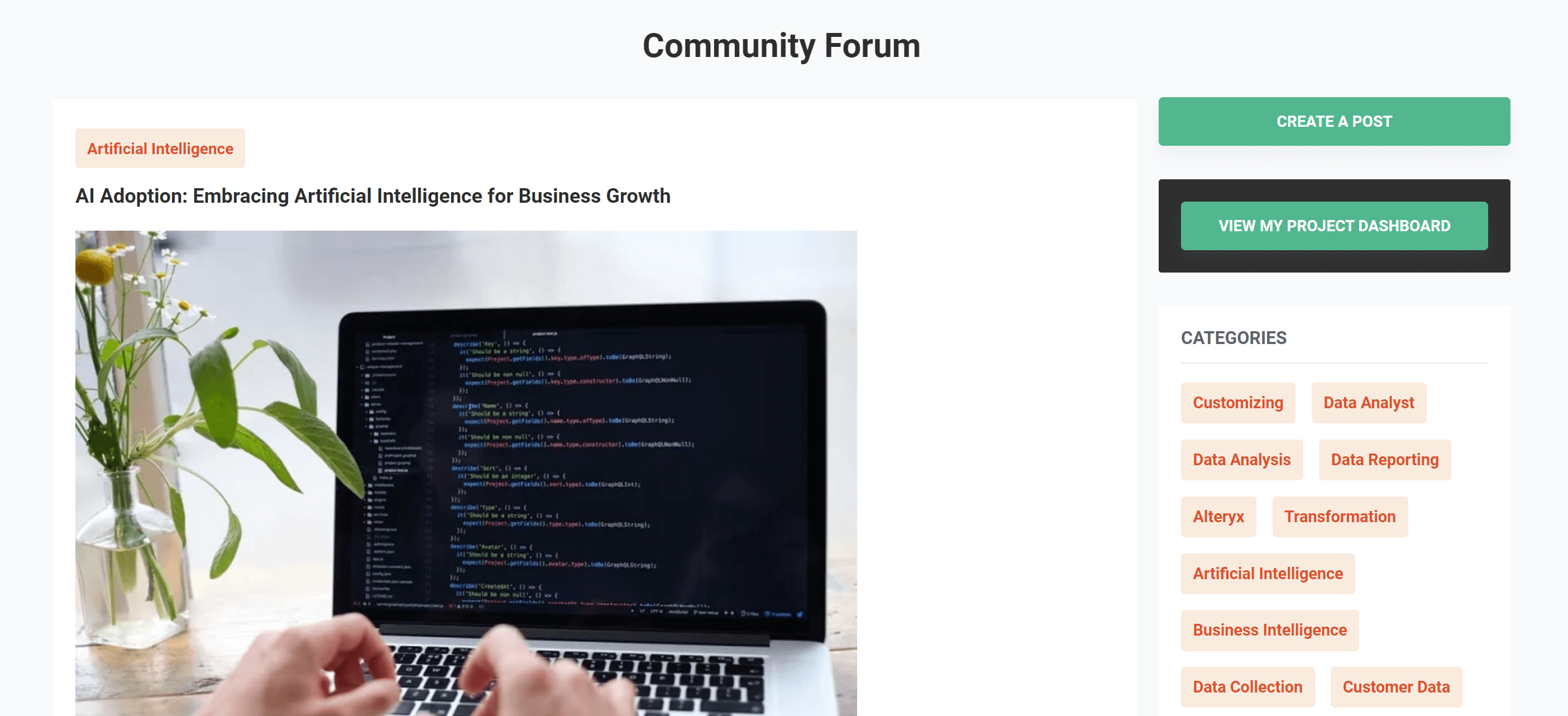What is PyCharm, its Installation, and the Best Project Ideas for Practice in 2024

PyCharm is a dedicated Integrated Development Environment (IDE) for Python, offering a comprehensive suite of essential tools tightly integrated to create a convenient environment for productive Python, web, and data science development.
PyCharm provides advanced code navigation, intelligent code completion, and a powerful debugger, making it easier for developers to write, debug, and maintain Python code efficiently.
The IDE also supports various frameworks commonly used in Python development, such as Django, Flask, and others, allowing developers to seamlessly work on projects using different frameworks. PyCharm’s user-friendly interface and robust features contribute to increased productivity by automating routine tasks and providing suggestions to improve code quality.
Additionally, PyCharm includes features like version control integration, database tools, and a variety of plugins to extend its functionality. With its focus on Python development, PyCharm has become a popular choice among developers seeking a reliable and feature-rich environment for their Python projects.
How To Install PyCharm
To install PyCharm, you can follow these general steps:
1. Download PyCharm:
Visit the official JetBrains website (https://www.jetbrains.com/pycharm/download/) to download the PyCharm installer. There are two editions available: the free Community edition and the Professional edition, which may require a license.
2. Select Edition and Download:
Choose the edition of PyCharm that suits your needs and click on the corresponding download link. The Community edition is usually sufficient for most Python development tasks
3. System Requirements for Pycharm Installation
| Requirement | Minimum | Recommended |
| RAM | 4 GB of free RAM | 8 GB of total system RAM |
| CPU | Any modern CPU | Multi-core CPU. PyCharm supports multithreading for different operations and processes making it faster the more CPU cores it can use. |
| Disk space | 3.5 GB | SSD drive with at least 5 GB of free space |
| Operating system | Officially released 64-bit versions of the following: Microsoft Windows 10 1809 or later Windows Server 2019 or later macOS 11.0 or later Any Linux distribution that supports Gnome, KDE , or Unity DE. PyCharm is not available for the Linux distributions that do not include GLIBC 2.27 or later.Pre-release versions are not supported. | Latest 64-bit version of Windows, macOS, or Linux (for example, Debian, Ubuntu, or RHEL) |
How To Install PyCharm Manually
Install Pycharm for Windows
Download the Installer:
- Visit the JetBrains PyCharm download page: JetBrains PyCharm Download
- Choose the edition you prefer (Community or Professional).
- Look for the version that specifies “Windows” and download the .exe installer.
Download the ARM64 Installer (if applicable):
- If you are using an ARM64 processor, make sure to download the separate installer provided for ARM64 architecture.
Verify the Integrity:
- On the download page, there should be a SHA checksum linked. Download and use this checksum to verify the integrity of the installer file.
Run the Installer:
- Double-click the downloaded .exe installer file to run it.
Follow the Installation Wizard:
- The installation wizard will guide you through the setup process. Follow the on-screen instructions to configure PyCharm based on your preferences.
Mind the Installation Options:
- During the installation, pay attention to the following options:
- 64-bit launcher: Choose this option if you want to add a launching icon to the Desktop.
- Open Folder as Project: Select this option if you want to add an option to the folder context menu for opening the selected directory as a PyCharm project.
- .py association: Choose this option to establish an association with Python files, allowing them to be opened in PyCharm.
- Add launchers dir to the PATH: Check this option if you want to run PyCharm from the Console without specifying the path.
Complete the Installation:
- Once the installation is complete, PyCharm should be ready to use.
Run PyCharm:
- You can find PyCharm in the Windows Start menu or use the desktop shortcut created during the installation. Additionally, you can run the launcher batch script or executable in the installation directory under the “bin” folder.
Install Pycharm for macOS
To download and install PyCharm on a macOS system, follow these steps:
1. Download the Disk Image:
Visit the JetBrains PyCharm download page: [JetBrains PyCharm Download](https://www.jetbrains.com/pycharm/download/)
– Choose the edition you prefer (Community or Professional).
– Look for the version that specifies “macOS” and download the disk image (DMG) for your processor architecture (Intel or Apple Silicon).
2. Verify the Integrity:
On the download page, there should be a SHA checksum linked. Download and use this checksum to verify the integrity of the downloaded disk image.
3. Mount the Disk Image:
– Open the Downloads folder or the location where the disk image was saved.
– Double-click the downloaded DMG file to mount the disk image.
4. Drag PyCharm to Applications:
– In the mounted disk image, you will see the PyCharm app.
– Drag the PyCharm app icon to the “Applications” folder.
5. Run PyCharm:
– Navigate to the “Applications” folder.
– Find the PyCharm app and double-click to launch it.
– Alternatively, you can use Launchpad or Spotlight to search for and open PyCharm.
6. Complete the Setup:
– Upon first launch, PyCharm may ask for confirmation to open since it’s downloaded from the internet. Confirm and proceed.
7. Activate or Evaluate:
– If you are using the Professional edition, you might need to activate it using your JetBrains account. Alternatively, you can choose to evaluate the Professional edition for a limited period.
8. Start Using PyCharm:
PyCharm should now be installed and ready to use on your macOS system. You can start creating and managing Python projects.
This process ensures a clean installation of PyCharm on macOS, and you can now enjoy using the IDE for your Python development needs.
Install Pycharm for LINUX
To install PyCharm using tar archives on a Linux system, follow these steps:
1. Download the Tarball:
Visit the JetBrains PyCharm download page: [JetBrains PyCharm Download](https://www.jetbrains.com/pycharm/download/)
– Choose the edition you prefer (Community or Professional).
– Look for the version that specifies “Linux” and download the tarball (tar.gz) for your processor architecture.
2. Verify the Integrity:
On the download page, there should be a SHA checksum linked. Download and use this checksum to verify the integrity of the downloaded tarball.
3. Extract the Tarball to a Different Folder:
– Open a terminal.
– Navigate to the location where you downloaded the tarball.
– Use the following command to extract the tarball to a different folder:
tar xzf pycharm-*.tar.gz -C <new_archive_folder>
Replace `<new_archive_folder>` with the desired folder path.
4. Install PyCharm into /opt (Optional):
– To install PyCharm into the recommended location (/opt), use the following command:
sudo tar xzf pycharm-*.tar.gz -C /opt/
5. Verify Integrity of the Downloaded Archive:
– Use the SHA checksum provided on the download page to verify the integrity of the downloaded archive.
6. Switch to the Bin Subdirectory:
– Navigate to the bin subdirectory of the extracted PyCharm folder using the following command:
cd <new_archive_folder>/pycharm-*/bin
For example:
cd /opt/pycharm-2022.2.4/bin
7. Run PyCharm:
– Execute the pycharm.sh script from the bin subdirectory using the following command:
sh pycharm.sh
This will start PyCharm on your system.
Ensure that your system meets the requirements for PyCharm, and adjust the folder paths and version numbers in the commands based on your specific setup.
Best PyCharm Project Ideas in 2024:
We will explore exciting PyCharm projects designed to challenge your coding skills, broaden your understanding of Python, and equip you with new skills and confidence. Whether you’re a beginner embarking on your first Python data science project or an experienced developer in search of inspiration, you’ll find something remarkable to engage with.
PyCharm Projects for Beginners:
Hello World:
Start with the classic “Hello World” program. Create a simple Python script in PyCharm to display the famous greeting. This project helps you set up your first script and run it within the IDE.
Calculator App:
Build a basic calculator application. This project introduces fundamental concepts like user input, basic arithmetic operations, and the use of variables in Python.
To-Do List:
Create a simple to-do list application. This project involves user input, storing data, and basic user interface design, providing a practical introduction to PyCharm’s features.
Personal Portfolio Website:
Create a simple personal portfolio website using HTML and CSS. This project introduces web development concepts and the integration of HTML/CSS files within PyCharm.
Basic Data Visualization:
Use a library like Matplotlib to create basic data visualisations, such as bar charts or line graphs. This project introduces PyCharm’s support for data science and visualisation.
PyCharm Projects for Intermediate Level:
File Organizer Utility:
Develop a utility that organizes files in a specified directory based on their types (e.g., images, documents, videos). This project involves file manipulation and organization using Python.
Weather Forecast App with GUI:
Extend the weather app project to include a graphical user interface (GUI) using a library like Tkinter. Users can input a location, and the app displays the weather forecast.
Expense Tracker with Data Visualization:
Enhance the basic expense tracker by adding data visualization using Matplotlib or Plotly. Visualize spending patterns over time with different charts.
Chatbot with Natural Language Processing (NLP):
Develop a chatbot that uses NLP libraries like NLTK or spaCy to understand and respond to user input more intelligently.
Stock Price Tracker:
Create a stock price tracker that fetches real-time stock prices from an API. Visualize historical stock data and track price changes over time.
E-commerce Website with Django:
Build a simple e-commerce website using the Django framework. Include features like product listings, user authentication, and a shopping cart.
Blockchain Implementation:
Explore blockchain technology by implementing a simple blockchain system. Include features like transaction validation and mining.
Conclusion:
In conclusion, PyCharm stands out as a premier integrated development environment (IDE) for Python development, offering a host of benefits that greatly enhance the development process and contribute to effective project management.
Get your data results fast and accelerate your business performance with the insights you need today.



